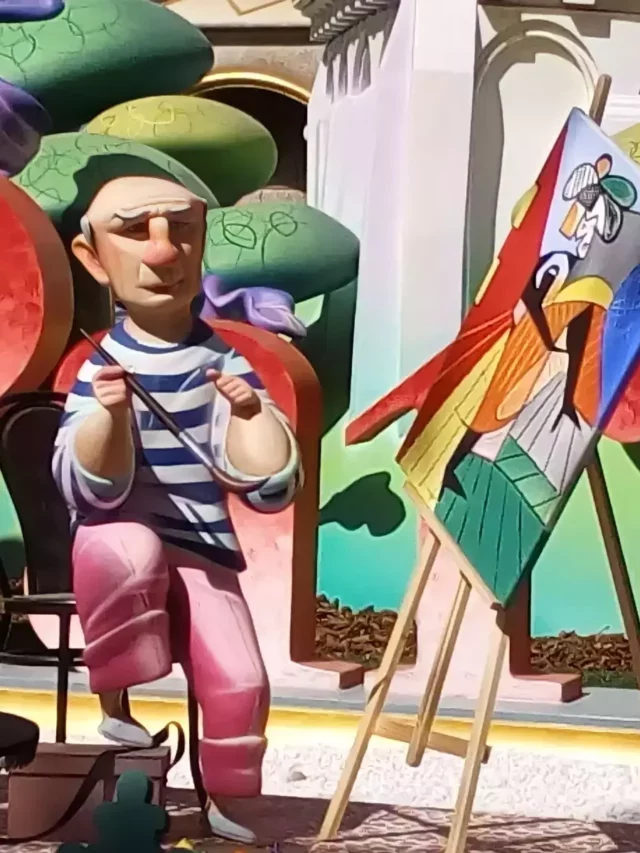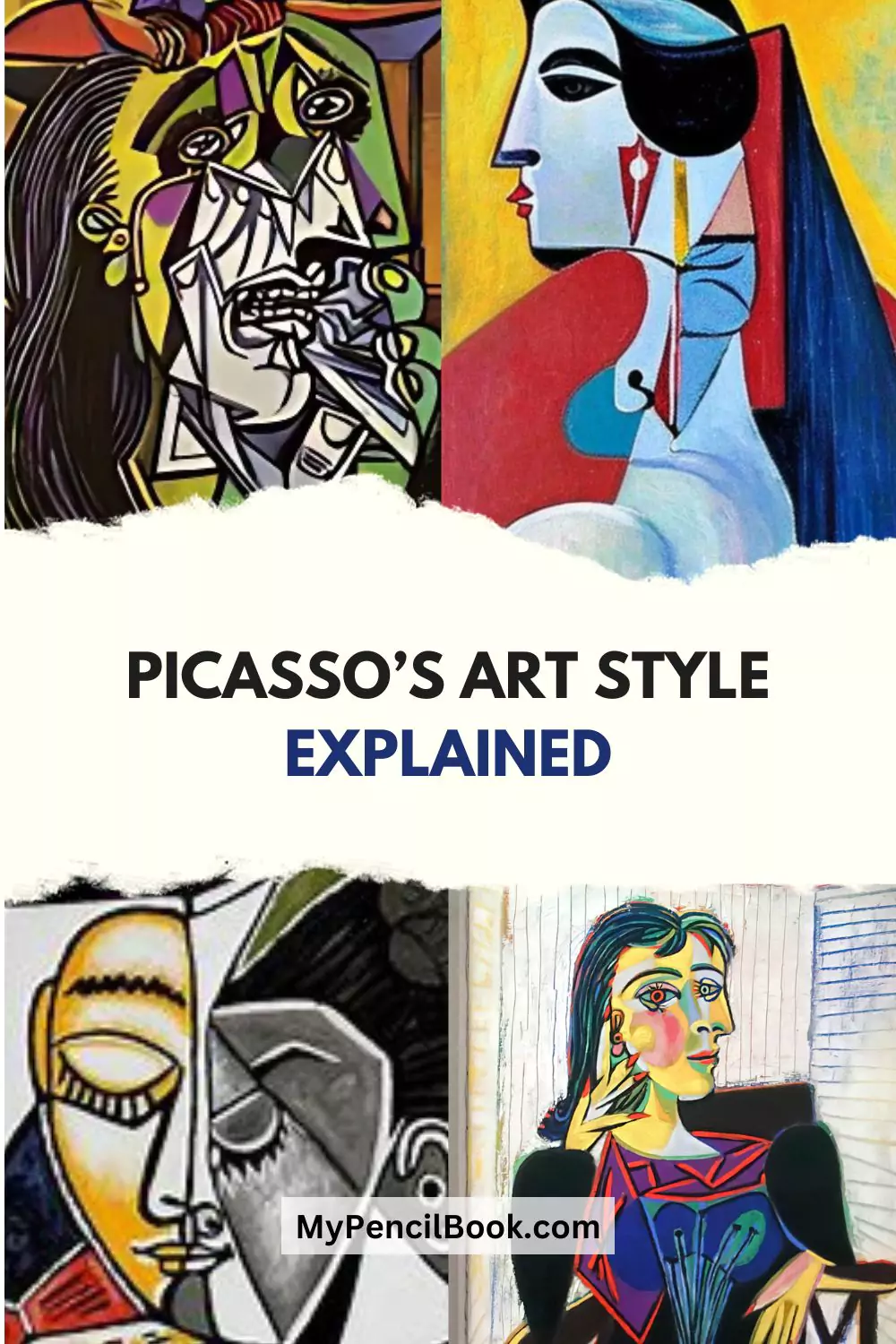
Pablo Picasso is one of the most renowned and celebrated artists of the 20th century. He is known for co-founding the Cubist movement and for his experimentation with various artistic styles throughout his career.
Born in Spain in 1881, Picasso showed great talent from a young age and went on to study at the prestigious Barcelona Academy of Art. However, he soon rejected the traditional rules of art and developed his own unique style.
Picasso’s work often explored themes of war, death, poverty humanity, and love. His paintings are now some of the most valuable art pieces in the world. Though he passed away in 1973, at the age of 91 but his popularity has never gone down.
He worked in a variety of mediums, including painting, sculpture, and collage but he is perhaps best known for his Cubist paintings.
Picasso’s first wife was Olga Khokhlova, she was the mother of his first son, Paulo. His second wife was Jacqueline Roque.
What is Picasso’s Art Style Called?
Picasso’s art style is called Cubism. This is a type of art where objects are broken up and reassembled abstractly. Picasso was the pioneer of this movement and his work had a major influence on the development of modern art.
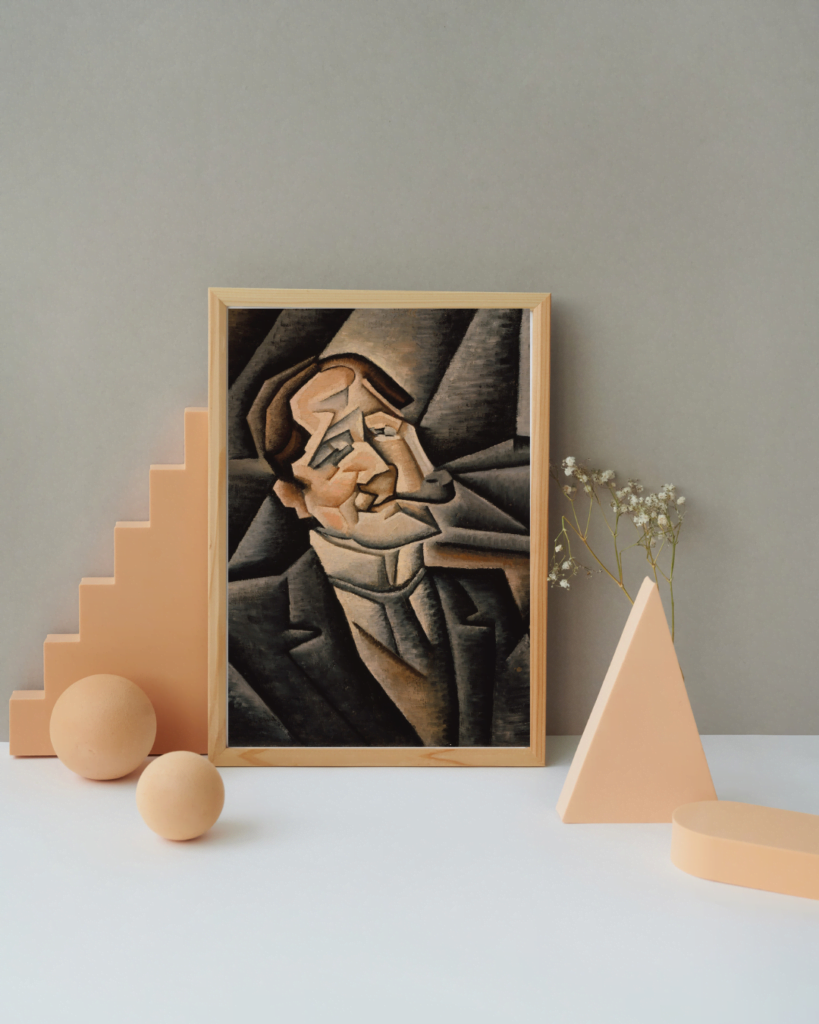
Picasso’s Art Style History
In the early 1900s, Pablo Picasso began to develop his own unique art style that would come to be known as Cubism.
This new style was a departure from the traditional methods of painting and sculpture and instead sought to create a more abstract and experimental form of art.
Picasso’s Cubist paintings were often composed of geometric shapes and interlocking planes, which created a sense of depth and movement.
His use of color was also very important in conveying the feeling of his work; he often used bold and bright colors to create a sense of energy and vibrancy.
What is Cubism?
Cubism is a style of art that was developed in the early 20th century by Pablo Picasso and Georges Braque. It is characterized by the use of geometric shapes and forms to create an abstract image.
Cubism was a reaction against the traditional, realistic style of art. Picasso and Braque believed that art should be expressive and accessible to everyone, not just the elite.
They wanted to create something new and different that would challenge the way people think about art.
Cubism had a major impact on the development of modern art, and it continues to be one of the most influential movements in art history.
Cubism had a major influence on subsequent art movements, such as Futurism, Constructivism, and Surrealism.
What is Picasso’s most Famous Piece of Art?
Here are some of Picasso’s famous cubism art.
(i) Les Demoiselles d’Avignon
(ii) Portrait of Pablo Picasso
(iii) Girl before a Mirror
(iv) Ma Jolie
(v) Guernica and
(vi) The Weeping Woman
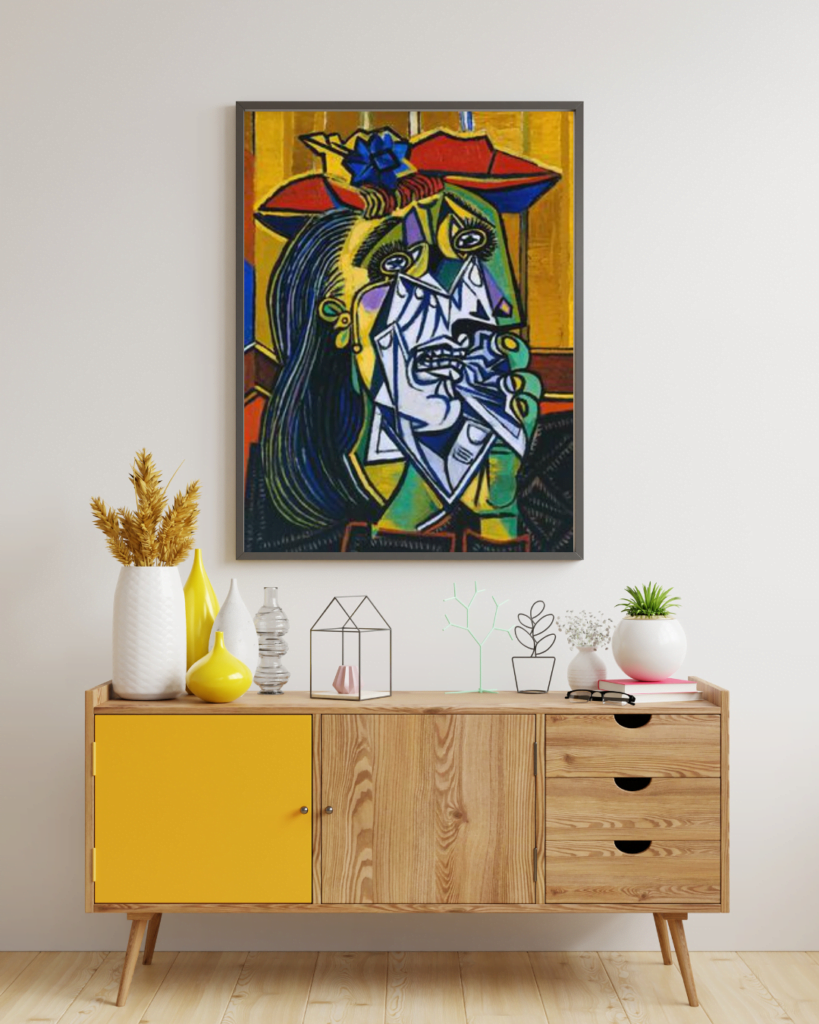
What was Unique about Picasso’s Art?
Many things make Picasso’s art unique. One thing is his use of color. He often used colors that were not typically seen together, which made his paintings stand out.
Another thing that made Picasso’s art unique was his use of geometry. He often incorporated geometric shapes into his paintings, which gave them a different look than other paintings at the time.
Picasso’s art was unique because of the way he incorporated elements from both the real world and his imagination. This made his paintings interesting and complex and left viewers with a lot to think about.
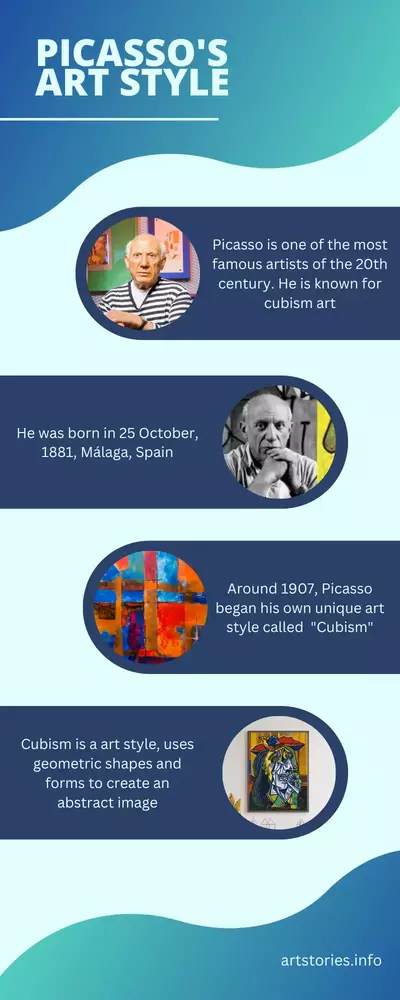
Web Story: Why did Picasso go from Cubism to Neoclassicism?
FAQs
1. Why did Picasso paint surrealism?
Picasso was interested in exploring the psychological effects of color and form. By painting in a surrealist style, he was able to create unique and powerful images that conveyed his ideas about the human experience.
2. Did Picasso do abstract art?
Yes, Picasso did abstract art. He was one of the first artists to move away from traditional and representational art to something more expressive and personal.
His work was often highly stylized, with simplified forms and bold colors. For Picasso, abstraction was a way to express his innermost thoughts and feelings, without having to conform to the rules of traditional art.
3. What kind of painting did Picasso paint?
In his lifetime, Picasso created more than 50,000 works of art, including paintings, prints, sculptures, and experimental forms.
Picasso’s work is characterized by its experimental nature. He was constantly experimenting with new techniques and mediums.
This resulted in a body of work that is highly diverse in style and subject matter.
4. What themes did Picasso use?
Picasso explored different themes in his work, including poverty, loneliness, despair, war, and love.
5. What technique did Picasso use in cubism?
Picasso’s Cubism was characterized by its geometric shapes and stark contrasts. He used imagination to create modern art.
6. What does Picasso’s art represent?
In his paintings and sculptures, Picasso often broke with traditional conventions to better express himself. He sought to show us all aspects of life, its joys, its pleasures, and its sorrows.
7. Was Picasso a neoclassical artist?
While Picasso’s work was certainly influenced by neoclassicism, it would be inaccurate to label him a neoclassical artist.
Neoclassicism is characterized by a return to classical themes and techniques, whereas Picasso’s work is more experimental and avant-garde.
Is Picasso expressionism?
Yes, Picasso’s work is considered expressionism. Expressionism is a modernist art movement that emphasizes the artist’s inner emotions and feelings rather than simply depicting what is happening on the outside.
Read More
